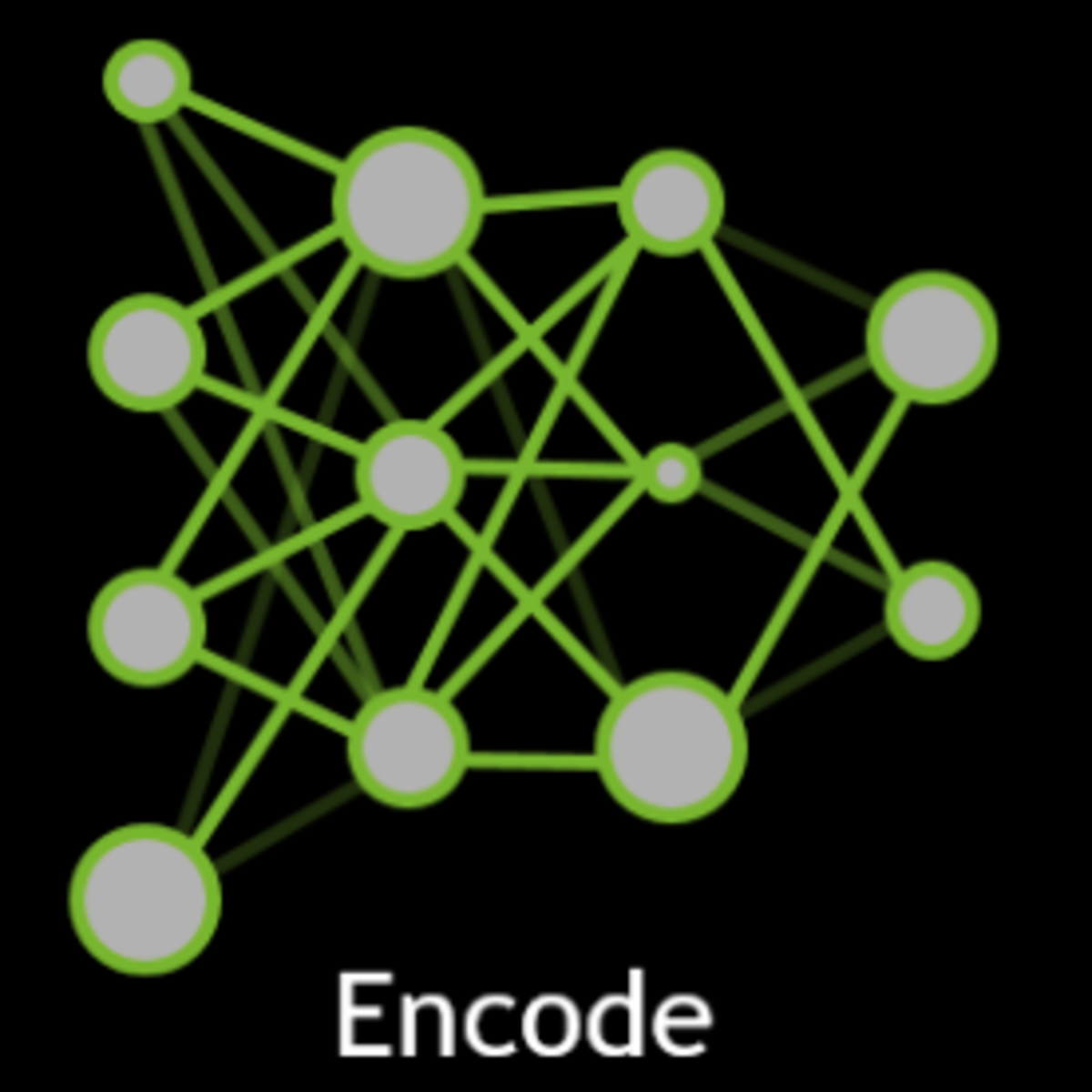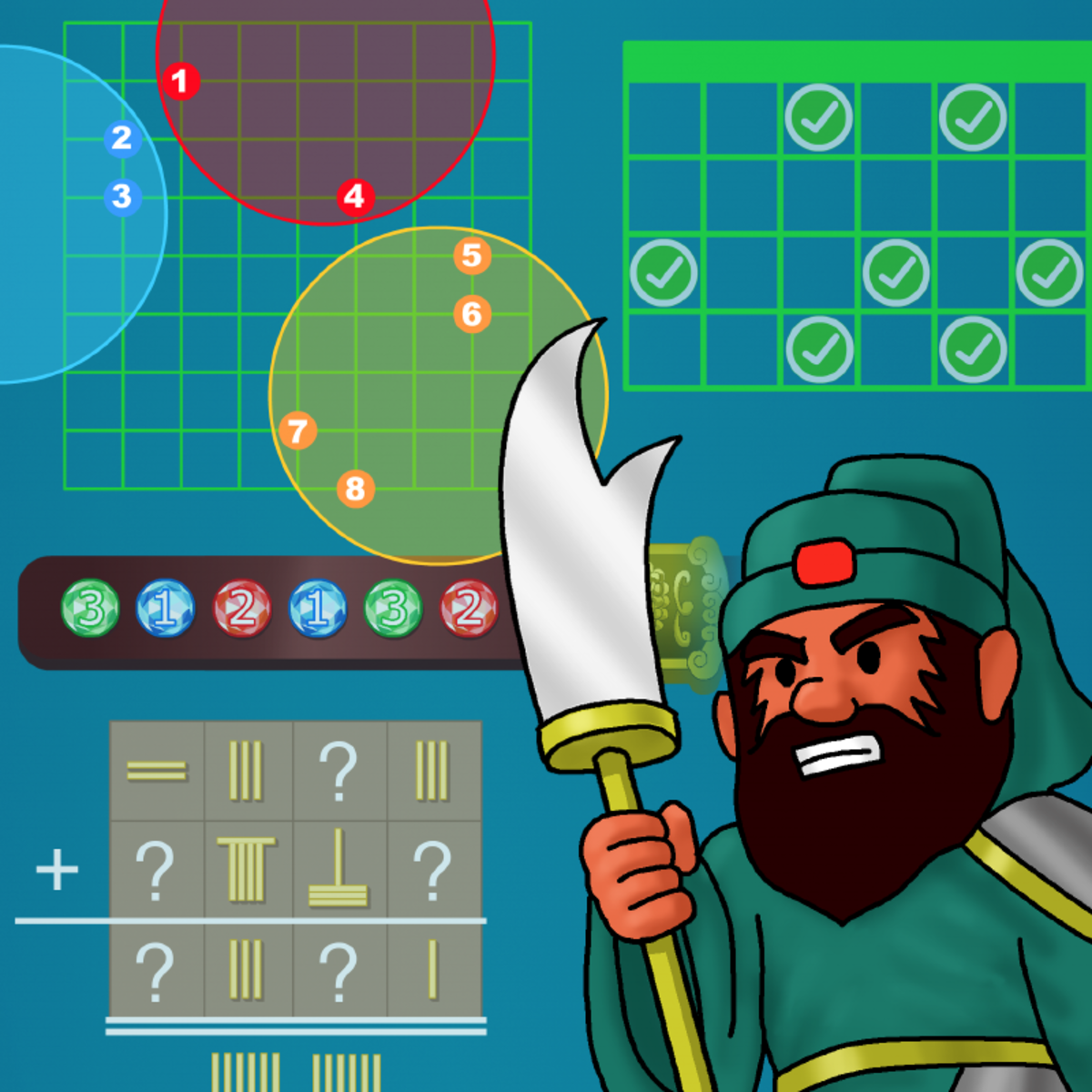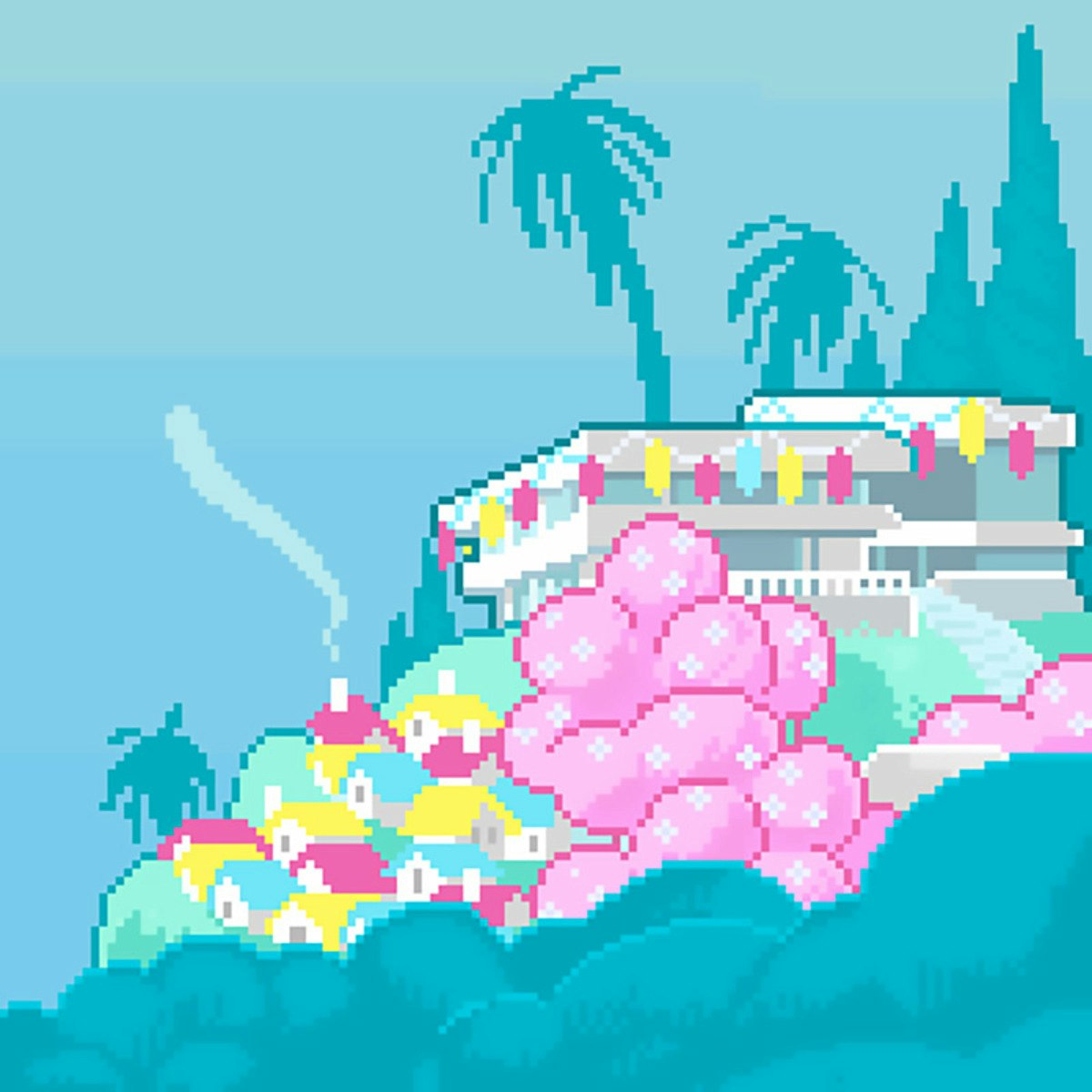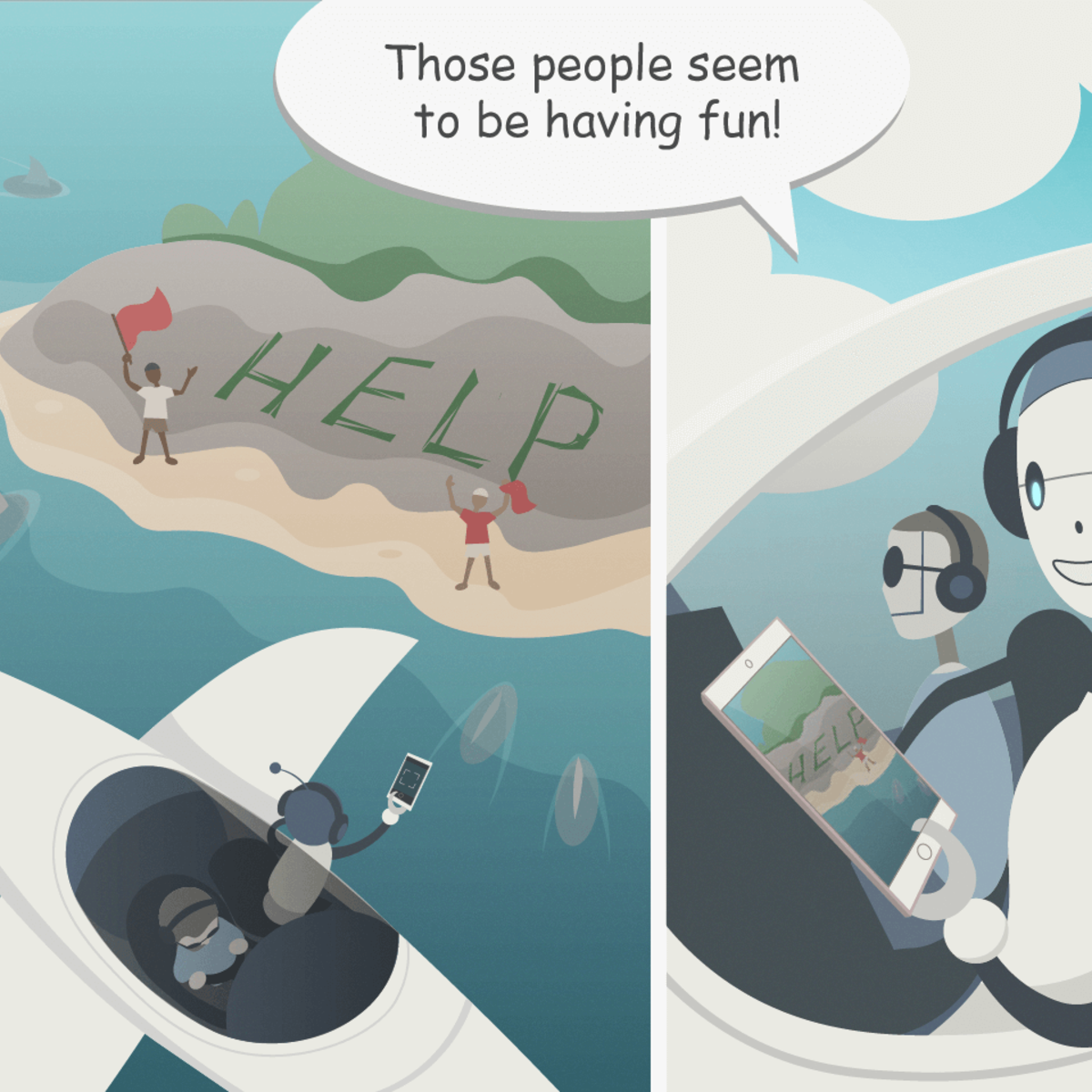Back to Courses









Computer Science Courses - Page 165
Showing results 1641-1650 of 2309

Build a Firebase Android Application
This 1.5 hours class is the Android counterpart of the class Build a Google Firebase Web Application. Firebase is used by many major companies and websites to deliver world-class, real time data synchronization across the Internet on different platforms, like iOS, web and Android. In this class, you will learn about the data structure of Firebase, how to set one up, as well as how to develop Android mobile applications in Java that interact with Firebase.
At the end of this course, you will be well versed and prepared to develop powerful Android Firebase applications in Java.
This class requires basic to intermediate experience in Android application development in Java as a prerequisite.

User Research and Design
In this course you will learn and practice techniques of user research and early UI design exploration. First, you will learn and practice several techniques for user research, including in-person research and survey and log-analysis techniques. Then, you will learn to analyze and deliver user research in forms that support UI design, including personas, use cases, tasks, and scenarios. Finally, you will learn and practice ideation techniques that start from user research and broadly generate potential design ideas.

Image Super Resolution Using Autoencoders in Keras
Welcome to this 1.5 hours long hands-on project on Image Super Resolution using Autoencoders in Keras. In this project, you’re going to learn what an autoencoder is, use Keras with Tensorflow as its backend to train your own autoencoder, and use this deep learning powered autoencoder to significantly enhance the quality of images. That is, our neural network will create high-resolution images from low-res source images.
This course runs on Coursera's hands-on project platform called Rhyme. On Rhyme, you do projects in a hands-on manner in your browser. You will get instant access to pre-configured cloud desktops containing all of the software and data you need for the project. Everything is already set up directly in your internet browser so you can just focus on learning. For this project, you’ll get instant access to a cloud desktop with Python, Jupyter, and Keras pre-installed.
Notes:
- You will be able to access the cloud desktop 5 times. However, you will be able to access instructions videos as many times as you want.
- This course works best for learners who are based in the North America region. We’re currently working on providing the same experience in other regions.

A General Approach to Risk Management
Every organization uses its information to support its business operations. When there are threats in the internal and external environments, they create the risk of information loss or damage. This course examines the design and construction of a risk management program, including policies and plans, to support the identification and treatment of risk to the organization’s information assets.

Basic Modeling for Discrete Optimization
Optimization is a common form of decision making, and is ubiquitous in our society. Its applications range from solving Sudoku puzzles to arranging seating in a wedding banquet. The same technology can schedule planes and their crews, coordinate the production of steel, and organize the transportation of iron ore from the mines to the ports. Good decisions in manpower and material resources management also allow corporations to improve profit by millions of dollars. Similar problems also underpin much of our daily lives and are part of determining daily delivery routes for packages, making school timetables, and delivering power to our homes. Despite their fundamental importance, all of these problems are a nightmare to solve using traditional undergraduate computer science methods.
This course is intended for students interested in tackling all facets of optimization applications. You will learn an entirely new way to think about solving these challenging problems by stating the problem in a state-of-the-art high level modeling language, and letting library constraint solving software do the rest. This will allow you to unlock the power of industrial solving technologies, which have been perfected over decades by hundreds of PhD researchers. With access to this advanced technology, problems that are considered inconceivable to solve before will suddenly become easy.
Watch the course promotional video here: https://www.youtube.com/watch?v=hc3cBvtrem0&t=8s

Perform data science with Azure Databricks
In this course, you will learn how to harness the power of Apache Spark and powerful clusters running on the Azure Databricks platform to run data science workloads in the cloud.
This is the fourth course in a five-course program that prepares you to take the DP-100: Designing and Implementing a Data Science Solution on Azurec ertification exam.
The certification exam is an opportunity to prove knowledge and expertise operate machine learning solutions at a cloud-scale using Azure Machine Learning. This specialization teaches you to leverage your existing knowledge of Python and machine learning to manage data ingestion and preparation, model training and deployment, and machine learning solution monitoring in Microsoft Azure. Each course teaches you the concepts and skills that are measured by the exam.
This Specialization is intended for data scientists with existing knowledge of Python and machine learning frameworks like Scikit-Learn, PyTorch, and Tensorflow, who want to build and operate machine learning solutions in the cloud. It teaches data scientists how to create end-to-end solutions in Microsoft Azure. Students will learn how to manage Azure resources for machine learning; run experiments and train models; deploy and operationalize machine learning solutions, and implement responsible machine learning. They will also learn to use Azure Databricks to explore, prepare, and model data; and integrate Databricks machine learning processes with Azure Machine Learning.

World Design for Video Games
Start creating your world. A game world is not just a backdrop for your game—be it minimal or detailed, contained or part of a much bigger universe, it provides the context for your player. Ultimately, a game world should feel alive and wholly unique to any player who will experience it.
In this course, we will explore game worlds in existing games and study the art and influences that inform their themes and styles. We will also investigate key components of environment and level design as well as strategies designers use to define gameplay or advance it. We’ll also look at navigation and the elements that make your world as real (or unreal) as you want it to be. A weekly challenge will prompt you to explore styles and inspirations for possible game worlds, and you’ll learn effective ways to communicate your ideas from concepts to presentation-worthy proofs of concept.

Making Your First Virtual Reality Game
Virtual Reality is one of the most exciting experiences that technology can give us. The immersion and presence you can have in VR is quite unlike any other medium. Like many others, you are excited about the possibilities of this new medium and want to get started developing your own VR experiences. This course will take you through all of the steps you need to create a VR game or other project.
This is the final course in our Specialisation: Virtual Reality. The previous courses teach you the skills you need to make a VR game. This course brings them all together to create a project of your own.
We will guide you through all the steps of a VR project: coming up with an idea, storyboarding, prototyping, testing and implementation. By the end of this course you will have a complete VR project that demonstrates your skills and could be the first step in creating a professional game.
We hope this course can be your entry into professional VR development. To help you get started, some good advice always helps. That is why we have interviewed VR experts from all over the world, ranging from technology pioneers with over 30 years experience in VR to the latest cutting edge VR creators. We have asked all of them to give you their advice and we hope it inspires you to become part of the future of VR.

Build an App in Android Studio using Resources
In this project you will build an Android app with images, strings, and a string array that are saved as resources in the project (can be accessed by reference throughout the app). You will use the java programming language and will be given an explanation of the usefulness of using resources. In different parts of the res (resources) directory of your Android Studio project you will put images, create strings, and create a string array and all of these will be accessible for all appropriate widgets in your app. This app will have a piece of text (from the strings file) asking the user to select the name of an author from a spinner (a type of drop down menu where the user selects from a set of options - from the strings file). There will be an image (ImageView) below the spinner which will change (from the drawable directory) to match whichever author the user selects. Beneath this will be a piece of text (TextView) with the name of a book and the year it was published (from the strings file) which will change to match the selected author. Finally, there will be another piece of text (TextView) which will contain an appropriate quote (from the strings file) from the named book When the user closes the app the program will remember the final choice made by the user in their previous visit. You will upload an APK of the app to a website called Appetize.io to test the app.
Projects in Series 1:
1. Build a Simple App in Android Studio with Java
2. Build a Persistent Storage App in Android Studio
3. Build a Linear Layout App in Android Studio
4. Build a Relative Layout App in Android Studio
5. Build a Table Layout App in Android Studio
Projects in Series 2:
1. Build an App in Android Studio using Resources
2. Build an App in Android Studio using Static Files
3. Build an App in Android Studio using Read - Write
4. Build an App in Android Studio using onTouch
5. Build an App in Android Studio using Activities

Image Noise Reduction with Auto-encoders using TensorFlow
In this 2-hour long project-based course, you will learn the basics of image noise reduction with auto-encoders. Auto-encoding is an algorithm to help reduce dimensionality of data with the help of neural networks. It can be used for lossy data compression where the compression is dependent on the given data. This algorithm to reduce dimensionality of data as learned from the data can also be used for reducing noise in data.
This course runs on Coursera's hands-on project platform called Rhyme. On Rhyme, you do projects in a hands-on manner in your browser. You will get instant access to pre-configured cloud desktops containing all of the software and data you need for the project. Everything is already set up directly in your internet browser so you can just focus on learning. For this project, you’ll get instant access to a cloud desktop with Python, Jupyter, and Tensorflow pre-installed.
Note: This course works best for learners who are based in the North America region. We’re currently working on providing the same experience in other regions.
